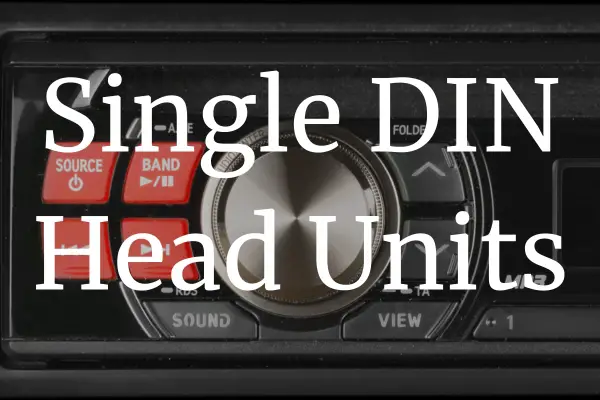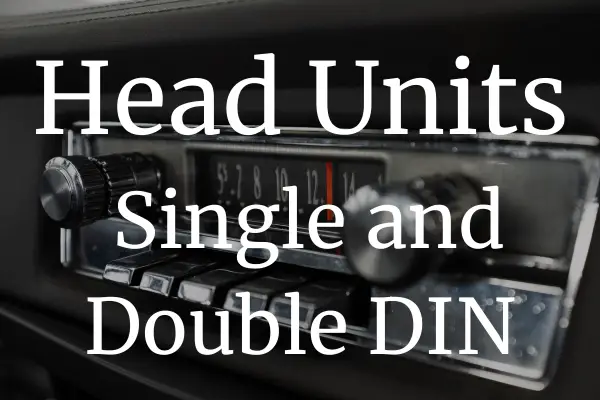Boss Audio BVCP9690ASKU Double DIN Receiver
Boss Audio BVCP9690ASKU – 6.75″ – Android Auto/Apple® CarPlay™ – Built-in Bluetooth – CD/DVD/DM Receiver Ready to upgrade your car audio with some serious road jam power? Look no further than the BOSS Audio 6.75″ Double-DIN car stereo system featuring both Android Auto and Apple CarPlay. Get it from Best Buy and you get free … Read more




